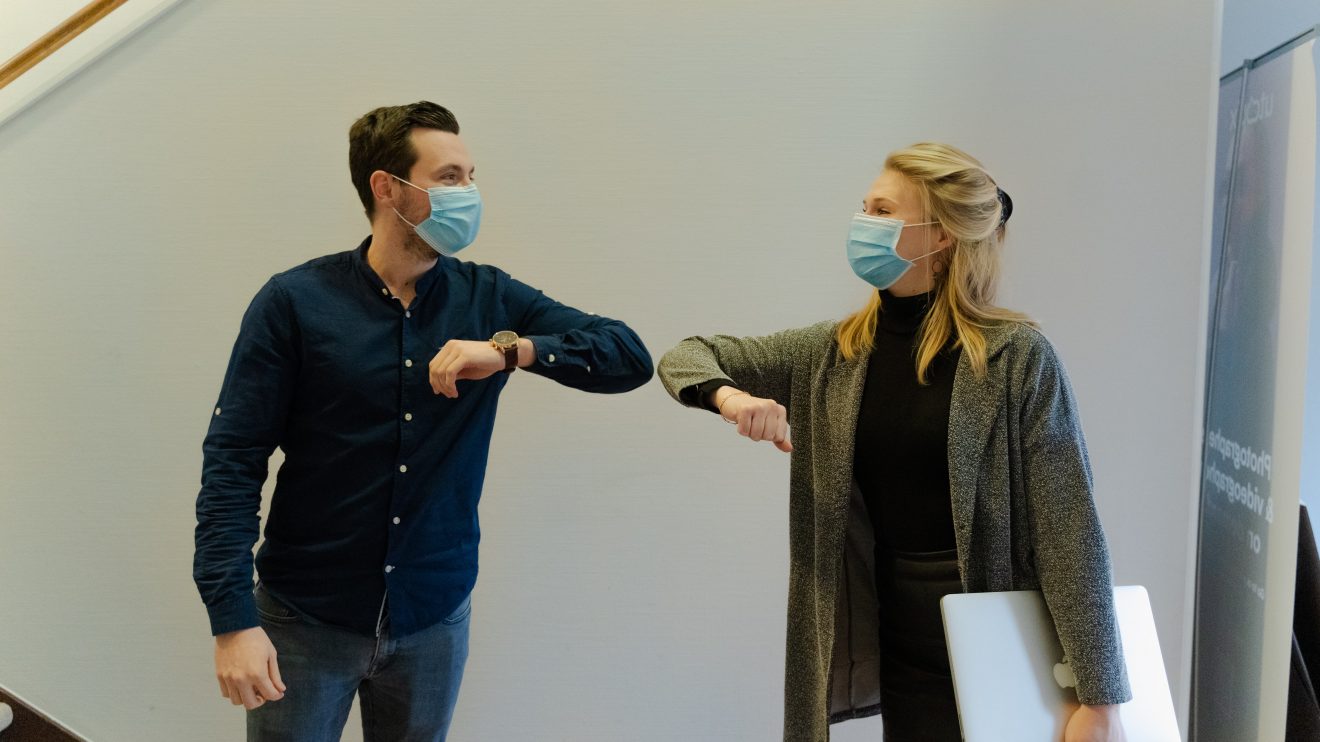New findings from Beamery reveal a clear gender divide in the opinions of male and female employees in the US and UK amidst COVID. Despite enjoying more optimism in their COVID-19 workplace experiences over the past year, men across both countries are more likely to consider leaving their employers in the year ahead. The Beamery Talent Index also revealed that whilst 72 percent of respondents will be going back into the office at least partially, more than half (59 percent) are considering quitting their jobs this year. This, however, is where the shared reality ends in examining the experiences of male vs. female colleagues amidst the pandemic.
Returning to work and the gender divide
- Seventy-eight percent of men believe they had a say in how their employer set up their return-to-work policy. Meanwhile, 55 percent of their female counterparts felt the same way.
- Sixty-three percent of men are happy to return to the workplace, compared to 40 percent of women.
- In contrast, more women indicated a higher preference to abolish the physical office entirely. Statistics shows that less than half of the women respondents (47 percent) are keen to get back to the office. Meanwhile, more than half of the male respondents are (60 percent).
Planning their futures
Both US and UK male employees claim that they were more likely to quit their job this year.
- 66 percent of US men vs 51 percent of US women plan to quit their job.
- 51 percent of UK men vs 45 percent of UK women plan to quit their job.
“The past year has changed attitudes towards how the traditional workplace should function, forever,” said Abakar Saidov, Co-Founder and CEO at Beamery. “The companies that demonstrated agility have not only fared well but also experienced growth. As the return-to-work policies start to roll out, the focus now needs to switch to the crucial message of ‘inclusion’. DE&I isn’t only about encouraging a diverse workforce, it’s about ensuring teams are heard and that protocols are in place to create a high-performance environment in which they will thrive. Employers need to be very deliberate about ensuring workforces are included in ongoing conversations as working patterns are refined; it’s making the right decision here that will ultimately lead to longer term success.”
The gender and youth divide in the UK
Interestingly, the Beamery Talent Index also highlights that different age groups are also at odds with each other. The survey findings have revealed key age divides that may surprise employers. Younger employee groups (age 35-44) are more intent than their older counterparts (age 45-54) to return to the physical office. However, they are also feeling the negative impacts of lack of facetime on their careers.
In addition, in the UK, the 18-34 year old group was the most likely to:
- Want to return to work (46 percent vs. the national average of 37 percent)
- Believe that a lack of facetime over the past year has negatively impacted their promotion opportunities (62 percent vs. the national average of 43 percent)
The gender and youth divide in the US
Whilst in the US, the 35-44 year old employees – dubbed “geriatric millennials” – were the most likely to:
- Want to return to work (63 percent vs. the national average of 54 percent)
- Believe that a lack of facetime over the past year negatively impacted their promotion opportunities (75 percent vs. the national average of 64 percent)
Employees in the 18-34 age group are ready to return to the office but frustrated by stalled career progression. This explains why 18-34 year olds (UK) and 35-44 year olds (US) are those most likely to have considered leaving their jobs in the past year.
“Employers who have yet to figure out how to personalize talent engagement, and to do so successfully at scale, will now be even further behind the talent management curve as we move out of the COVID-19 pandemic,” continued Saidov. “Those who have taken, or will find, the time to map out a transformed talent strategy that factors in gender and age insights will be in a far stronger position to both deal with, and recover from, the mass talent exodus anticipated this year.”
Survey methodology
Beamery’s Talent Index 2021 report and survey findings were conducted in partnership with Atomik Research. The survey results were gathered online from April 8-12, 2021 among 1,000 office workers in the USA and 1,000 office workers in the UK. The survey also compared how different genders, age groups and geographic regions viewed their workplace’s pandemic response. Atomik Research is an independent creative market research agency that employs MRS-certified researchers and abides by MRS code.
About Beamery
Beamery’s mission is to put talent transformation at the heart of every business. Our Talent Operating System lets companies attract, engage and retain the best talent – it’s the one solution that enterprises need to deliver exceptional experiences at every stage of the talent journey, and build meaningful relationships with their future employees.
We are lucky to be one of the fastest growing companies in the world, and even more lucky that the people in Beamery are not only superb at their jobs, but are a reliable, friendly bunch who leave egos out of the equation. We are a team that cares about the right outcome above everything else.
COVID-19 has significantly impacted working women. Read about why 54 percent of pandemic job loss is female.







Add Comment